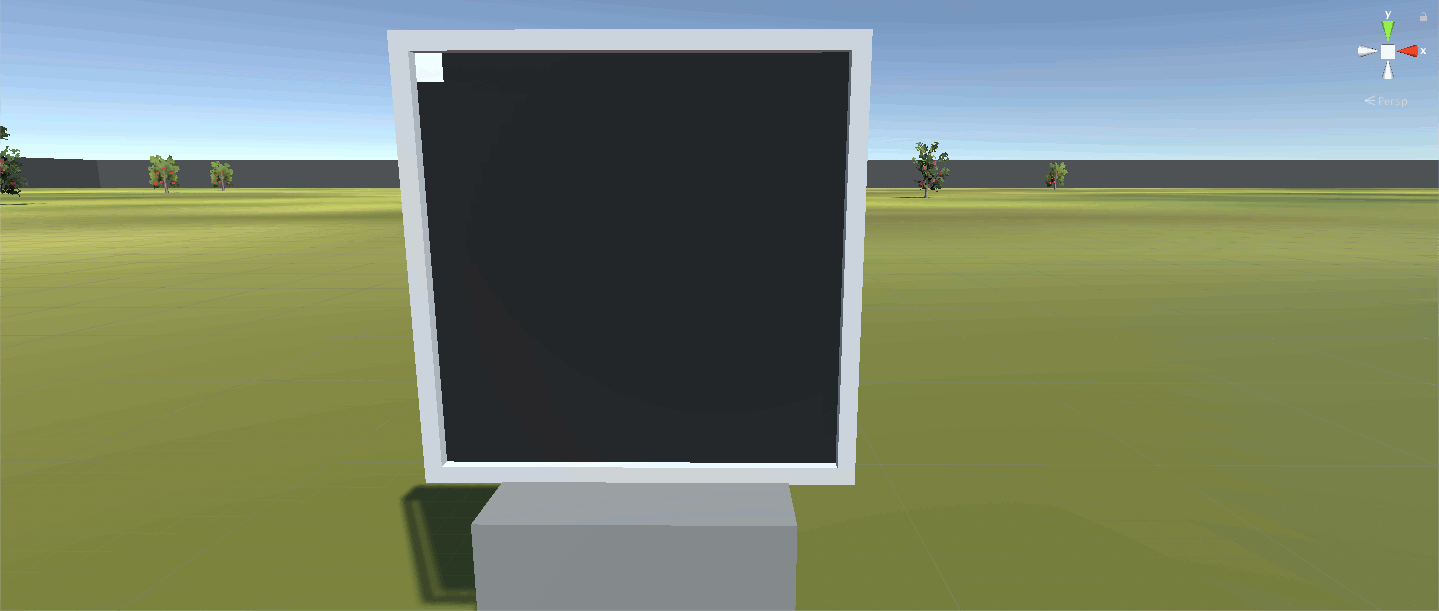I'd say you shared a program, and the compiler/runtime to make it run. Very fancy!
I've thought about writing something similar to this independent of having ever actually seen something like it in action before, but it makes sense that the idea's been around for a while.
If you wanted to be thrifty with your space usage, I'd say to make the start of the drive a list of starting addresses for each function, and then make the actual first address of said function contain the length of it/the ending address. That would (in theory) cut down on space usage, especially when you're not dealing with too many small functions where the 8-byte overhead could take up a large part of the overall space requirements.
(Also: I'm super happy to see flag 3 for JMP in use. I knew it would come in handy someday!)
(EDIT: OMG, I'm blind, you already had the end address at the start of each function!)
Seeing the actual code for your testing win screen (and the associated walls of addresses) frankly makes me want to work on some kind of custom out-of-game code editor. Having a tool where you could write functions & such in their own screens, easily reference other functions (even pass arguments to them!), etc, would be SUPER cool, and probably make life a ton easier for high-level programmers who can't get their heads out of OOP-land (like me >.<)
Very impressive work, in any case!


